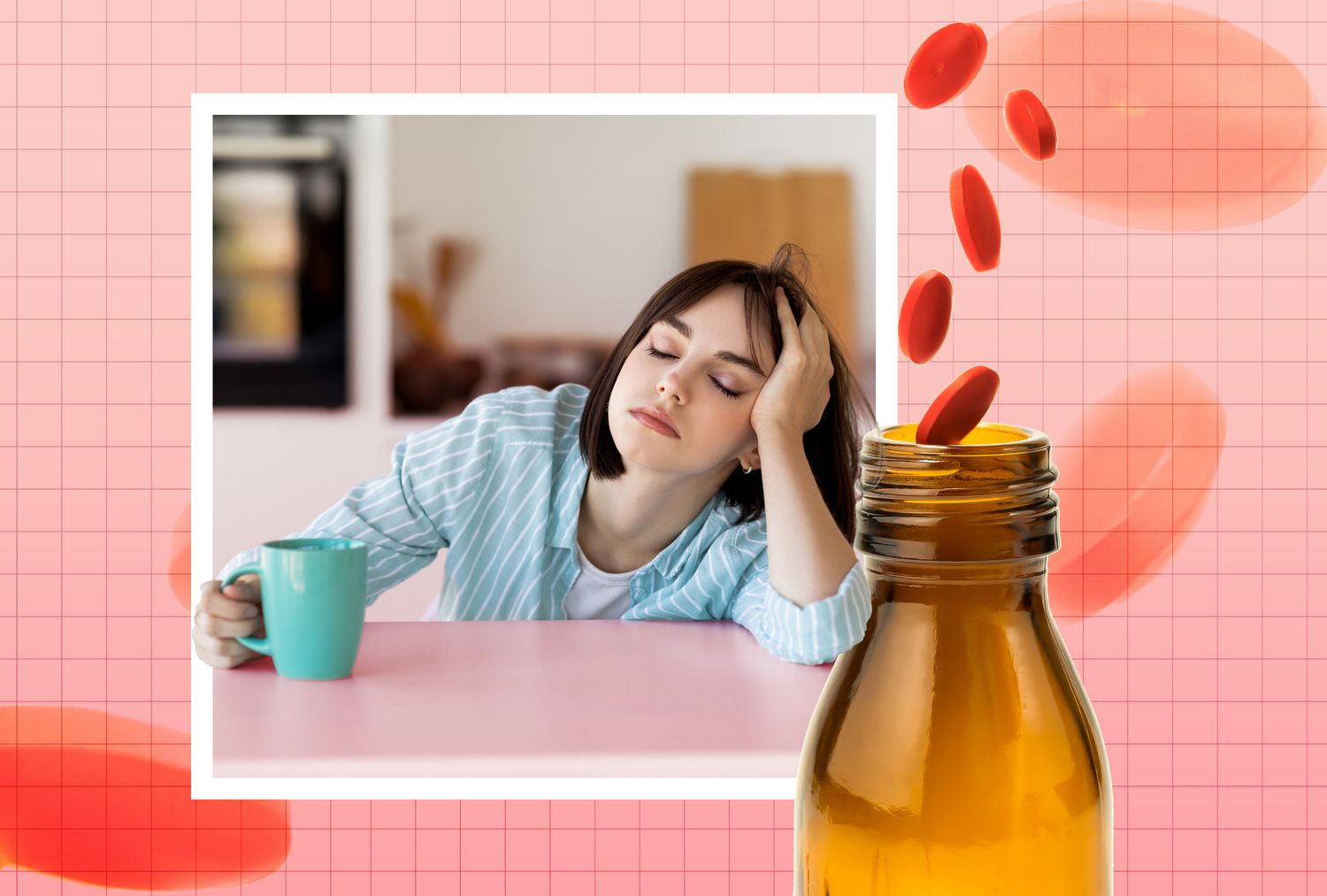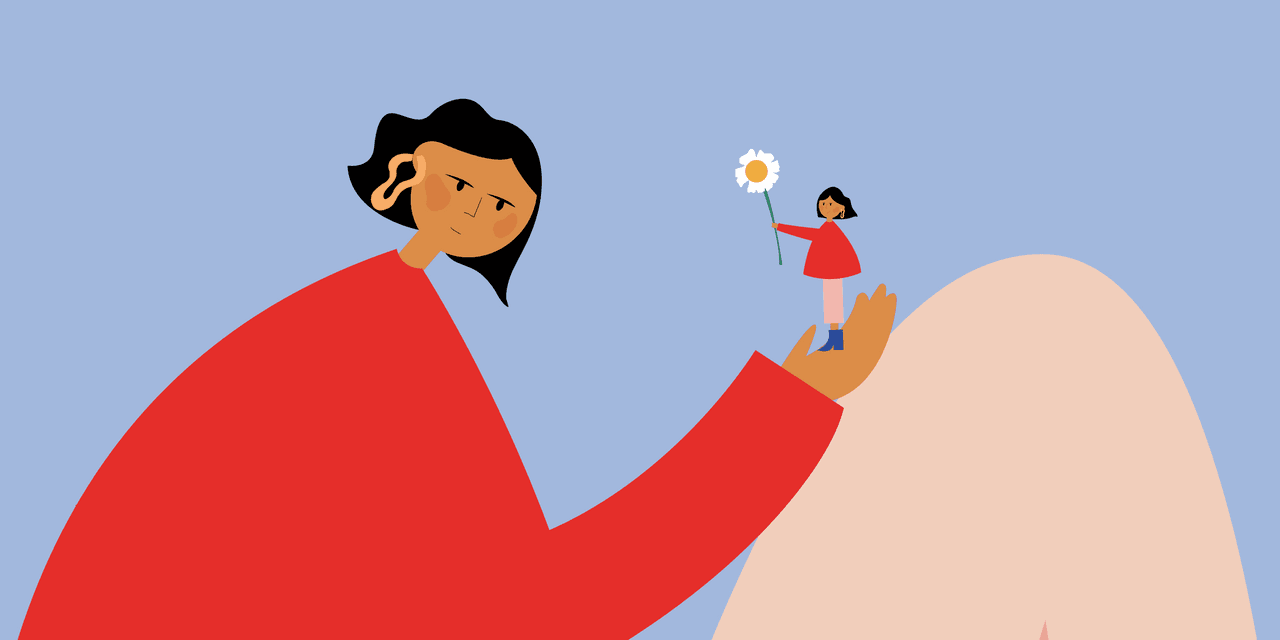Blog
7 Signs You Could Have Iron Deficiency Anemia

Iron deficiency anemia is surprisingly common. American women are consuming nearly 10% less iron from food than they did in 1999, and men are consuming about 7% less, which is leading to an alarming rise in deficiencies, according to a 2021 study published in The Journal of Nutrition. The authors of this study say the trend may stem from an effort to eat less red meat and more leaner proteins with less iron, like chicken. They also point out that many typically iron-rich foods—such as beef, beans and apricots—contain less due to modern farming practices that have decreased levels of iron in the soil. People who avoid or limit fortified grains (such as bread, breakfast cereal and pasta) also miss out on iron, as these foods contribute about 50% of dietary iron, according to the National Institutes of Health (NIH).
Those most at risk for iron deficiency anemia (IDA) are people whose iron requirements are the highest, says Laurie Tansman, M.S., RD, CDN, a clinical nutritionist at Mount Sinai Hospital in New York City. According to the NIH, women who menstruate need more than twice the amount of iron men typically need, due to blood loss, and pregnant people need over 50% more iron to accommodate the developing baby’s needs. Vegans and vegetarians also have a greater risk of IDA because plants contain mostly non-heme iron, which is not as readily absorbed as the type found in meat.
The thing about iron deficiency is that it isn’t the easiest to identify. The symptoms can come on slowly as your iron levels begin (and continue) to dip—especially as you move from mildly deficient to marginally deficient to iron deficiency anemia, which is the most severe.
“I have seen people have iron deficiency anemia for years before it starts to inhibit their day-to-day life,” says Thomas DeLoughery, M.D., M.A.C.P., FAWM, professor of medicine, pathology and pediatrics at Oregon Health and Science University.
Read the list of sneaky signs below, and you’ll realize it’s easy to blame the symptoms on something else (for example: “I’m cold-blooded” or “I have small children, of course I’m tired all the time”). Here’s what to look for if you think you might have iron deficiency—plus, what to do about it and the best diet choices for anemia.
1. You’re Tired All the Time
Fatigue is one of the most common symptoms of iron deficiency and can appear with even a mild dip in iron stores, according to the National Heart, Lung, and Blood Institute. Unfortunately, pinpointing low iron as the culprit if you’re tired is difficult, since that feeling could be due to a multitude of reasons. The most common causes of persistent fatigue are depression, excessive stress, sleep disorders and sleep-related disorders of breathing, according to a 2021 review published in Deutsches Ärzteblatt International.
Still, if your level of exhaustion has changed recently, or it’s accompanied by one of these other symptoms, your iron levels could be low and worth getting checked.
2. You’re Always Cold
If you find that your hands and feet are constantly cold, you may be dealing with low iron. One possible explanation is that iron is necessary for your thyroid to function, according to a 2022 Cureus study. A lack of iron hinders thyroid efficiency, and thyroid hormones help regulate your body temperature.
3. You’re Short of Breath
If you struggle to catch your breath despite keeping up with regular workouts, it could be that you’re low on iron. Iron helps to shuttle oxygen throughout your body, and without enough, it’s harder for your body to keep up with your cardio routine, according to a 2023 review study published in Nutrients.
4. You Are Irritable
Being more “sensitive” to annoyances is a symptom you may see listed with iron deficiency. While additional research is needed, it has been found that adolescents with iron deficiency or iron deficiency anemia experienced greater irritability compared to their healthy peers, according to a 2020 study published in the Journal of Pediatric Hematology/Oncology
5. Your Hair Is Thinning or Brittle
Hair is constantly going through a growth cycle, and shedding hair is a normal part of that process. If you’re losing about 50 to 100 hairs per day, you’re in the clear, but anything beyond that may be a red flag for low iron, according to the American Academy of Dermatology.
Some women with hair loss are iron-deficient, and many studies have linked low levels of iron with hair loss conditions such as alopecia. It is possible that women with hair loss may benefit from higher iron levels, according to a 2022 review study published in Skin Appendage Disorders.
6. You’re Depressed
Iron is essential for producing neurotransmitters, such as serotonin and dopamine. Low iron levels may affect the levels of these neurotransmitters and impact your mood and depression/anxiety symptoms, according to a 2023 review study published in Antioxidants.
Getty Images. EatingWell design.
7. You Have An Inflammatory Condition
Both celiac disease and inflammatory bowel disease (IBD) can hinder nutrient absorption, and specifically how much iron is absorbed from food in your small intestine. These conditions are considered inflammatory, and chronic inflammation encourages the overproduction of a compound called hepcidin. At “healthy” levels, hepcidin helps your body maintain a just-right level of iron, according to a 2021 Clinica Chimica Acta review. However, too much hepcidin can lead to iron deficiency. So if you have an inflammatory bowel condition, you may want to talk to your doctor about your iron levels.
What to Do If You Have Iron Deficiency Anemia
If you think you could be iron-deficient, the good news is it’s relatively easy to confirm via a simple blood test administered by your doctor. If the test indicates that you do have low iron, it’s important to work with a medical professional to find out why you are iron-deficient and create a course of treatment to remedy the deficiency while also being mindful of other conditions you may have. There are plenty of diet choices that can help manage anemia; here are a few tips for those looking to boost their iron intake.
Pour a Bowl of Cereal
“I routinely recommend fortified breakfast cereals for patients who have IDA,” says Tansman. Read the label to see how much iron your cereal provides. “And if you’re eating it with milk, drink the milk at the end,” she adds. The added vitamins and minerals may be sprayed on top of the cereal and can wash off into the liquid, and you’ll get some additional nutrients from drinking your milk.
Pair Plants Smartly
Consuming vitamin C along with iron-rich plant foods aids in the absorption of the mineral—and that can be particularly helpful for vegans and vegetarians. So top a spinach salad with vitamin C–rich tomatoes or strawberries, or toss some bell peppers into a warm lentil salad.
Consider a Supplement
If your diet isn’t enough to get your levels up, you might want to take an iron supplement—but get your health care provider’s OK first. “People often try to self-treat when they suspect they have anemia and end up doing more harm than good,” says Tansman. “Anemia can be caused by other deficiencies, and taking iron may mask the identification of the correct cause.” Iron supplements are also known to be constipating, so you’ll want to work with your doctor to counteract that side effect.
Our Expert Take
Iron deficiency can show up in subtle ways, like feeling constantly tired, cold, or irritable, and it’s more common than you might think. The good news is, it’s easy to test for and often simple to treat with the right foods or a supplement. Listen to your body’s cues and don’t hesitate to check in with a health care provider. Small changes can make a big difference in how you feel.












